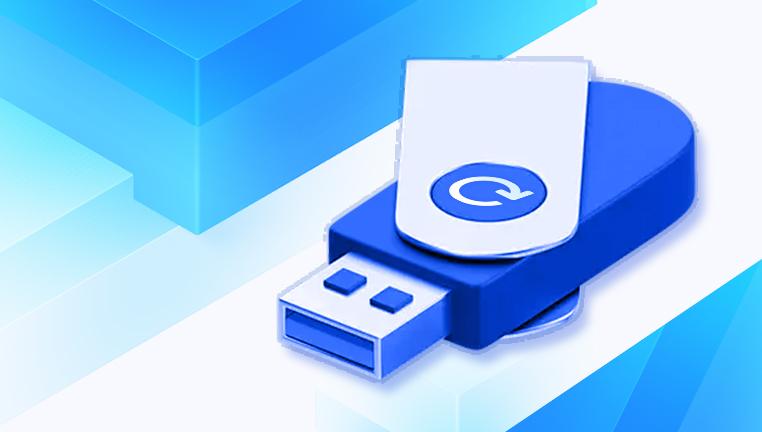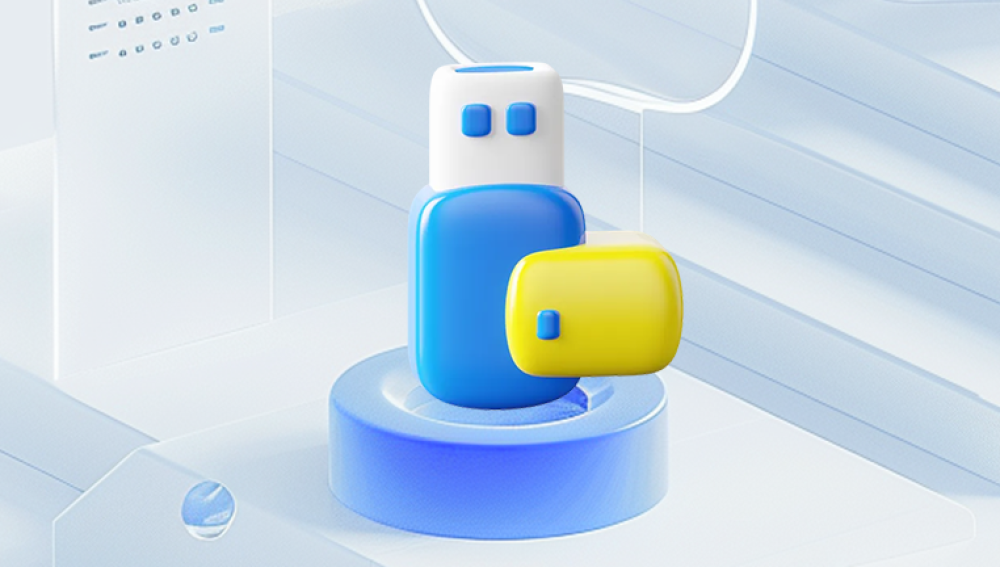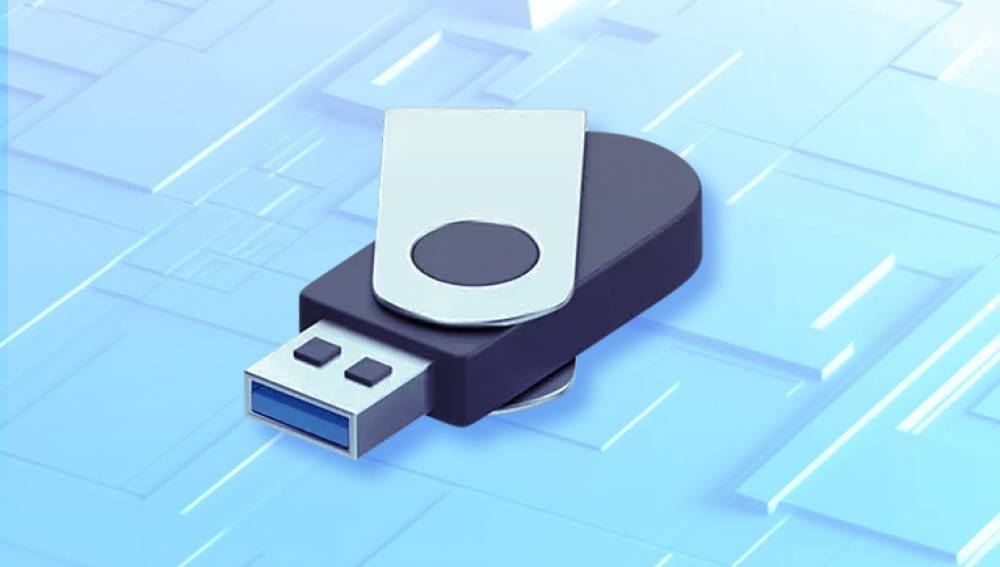USB flash drives have become an essential part of everyday digital life, offering a compact, portable, and convenient way to store and transport data. However, like all storage media, they are prone to data loss due to accidental deletion, formatting, corruption, or hardware failure. When such issues arise, specialized USB flash memory recovery programs can help you regain access to your lost data.
USB flash memory refers to the non-volatile memory embedded in USB flash drives, which stores data even when the device is disconnected from power. These drives use NAND-type flash memory chips and a small internal controller to manage data storage and retrieval.
USB drives are favored for their portability, ease of use, and durability since they lack moving mechanical parts. Yet, despite their robust design, USB flash drives are vulnerable to logical errors (file system corruption, accidental deletion) and physical damage (chip failure, broken connectors).

Common Causes of Data Loss on USB Flash Drives
Before delving into recovery software, it’s important to understand why data loss happens:
Accidental Deletion: Users sometimes delete files unintentionally or empty the recycle bin without backup.
Formatting: Formatting a drive erases the file system, making files inaccessible, even if the data remains physically present.
File System Corruption: Improper ejection, malware, or power surges can corrupt the file system.
Partition Loss: Sometimes the partition table gets damaged or lost.
Virus or Malware Attacks: Malicious software can delete, hide, or encrypt files.
Physical Damage: Broken USB connectors, water exposure, or chip failures.
Wear and Tear: Flash memory cells degrade after many write/erase cycles.
How USB Flash Memory Recovery Programs Work
USB flash memory recovery programs are specialized software tools designed to scan USB drives, identify recoverable files, and restore them to accessible formats. These programs do not repair physical damage but focus on logical recovery by working directly with the file system and raw storage data.
Key Functions of Recovery Software
Deep Scanning: The software scans the drive sector-by-sector to find file signatures, even if the file system is corrupted or missing.
File Signature Recognition: Many programs use signature-based scanning to identify various file types like images, videos, documents, etc.
Partition Recovery: Some tools can detect and restore lost or deleted partitions.
File Preview: Users can preview recoverable files before restoring them.
Selective Recovery: Allows recovery of specific files or folders instead of the entire drive.
Support for Multiple File Systems: FAT32. exFAT, NTFS, HFS+, etc.
When Software Recovery Works Best
Recovery software is effective when the USB flash drive is logically damaged (file deletion, formatting, corruption) but physically intact and recognized by the computer.
Choosing the Right USB Flash Memory Recovery Program
Selecting a recovery program depends on your needs, technical expertise, and the nature of the data loss. Here are important factors to consider:
1. Compatibility and Support
Ensure the software supports your operating system (Windows, macOS, Linux).
Check compatibility with the file system used on your USB drive (FAT32. exFAT, NTFS, etc.).
2. Types of Recovery Offered
Support for deleted file recovery, formatted drive recovery, partition recovery.
Ability to recover a wide range of file types (documents, photos, videos, emails).
3. Ease of Use
User-friendly interface with step-by-step guidance.
Preview options to verify files before recovery.
4. Recovery Effectiveness
Depth of scanning (quick scan vs deep scan).
Ability to recover files with original file names and directory structures.
5. Speed and Performance
Fast scanning without overloading system resources.
Efficient handling of large drives and files.
6. Pricing and Licensing
Free vs paid software options.
Trial versions with recovery limits.
Licensing terms (one-time purchase, subscription).
7. Customer Support and Documentation
Availability of technical support.
Tutorials, FAQs, and forums for troubleshooting.
Popular USB Flash Memory Recovery Programs
Drecov Data Recovery
USB flash drives are widely used for their portability and convenience, but data stored on them can be lost due to accidental deletion, formatting, corruption, or hardware failure. Drecov Data Recovery specializes in USB flash memory recovery, providing reliable solutions to retrieve lost or inaccessible data from your USB drives.
With years of expertise and cutting-edge technology, Drecov Data Recovery offers comprehensive recovery services tailored to various data loss scenarios involving USB flash drives. Whether your data was lost due to accidental deletion, virus attacks, file system corruption, or even physical damage, Panda’s skilled technicians can diagnose the problem and apply the most effective recovery methods.
The recovery process begins with a free evaluation of your USB flash drive to determine the extent and nature of the data loss. Panda employs advanced software tools that perform deep scanning and file signature analysis, capable of recovering a wide range of file types including photos, documents, videos, and more. For physical damage cases, Panda utilizes specialized hardware-level recovery techniques to extract data directly from the memory chips when possible.
Here is a general procedure for recovering files from a USB flash drive using recovery software:
Step 1: Stop Using the USB Drive
Once you notice data loss, avoid adding new files or formatting the drive, as this can overwrite recoverable data.
Step 2: Choose the Right Recovery Software
Pick software based on your OS, budget, and data loss type.
Step 3: Download and Install Software
Install the software on a different drive, not the affected USB, to avoid overwriting.
Step 4: Connect the USB Flash Drive
Insert the USB drive and ensure it’s detected by the computer.
Step 5: Launch the Recovery Program and Select the USB Drive
Open the software and choose the USB flash drive as the target for scanning.
Step 6: Choose Scan Type
Quick scan for recently deleted files.
Deep scan for formatted or corrupted drives.
Step 7: Preview Recoverable Files
Most programs allow you to preview files to verify their integrity.
Step 8: Select Files to Recover
Choose the files or folders you want to recover.
Step 9: Specify a Recovery Location
Save recovered files to a different drive or partition, never back to the original USB drive.
Step 10: Complete Recovery and Verify Files
After recovery, check the recovered files for completeness and usability.
Tips for Successful USB Flash Memory Recovery
Act Quickly: The sooner you attempt recovery, the higher the chances.
Avoid Overwriting: Don’t save new data to the affected USB drive.
Use Deep Scans When Necessary: Deep scans take longer but find more files.
Be Patient: Large drives or severe corruption may slow down scanning.
Back Up Regularly: Prevent data loss by backing up important files.
Limitations of USB Flash Memory Recovery Programs
Physical Damage: Software cannot fix physically damaged drives.
Severe Corruption: Some file systems or partition tables might be too damaged.
Encrypted Data: Encrypted drives require keys/passwords for access.
Partial Recovery: Some files may be partially corrupted or unrecoverable.
When to Seek Professional Data Recovery Services
If software recovery fails or your USB flash drive shows physical damage, professional recovery services are your best option. Professionals have specialized equipment and cleanroom environments to repair hardware and perform advanced chip-level data extraction.
USB flash memory recovery programs offer a powerful and accessible solution for recovering lost or deleted files from flash drives. By understanding how these programs work, selecting the right software, and following best practices, most users can successfully retrieve important data without the need for expensive professional services.




